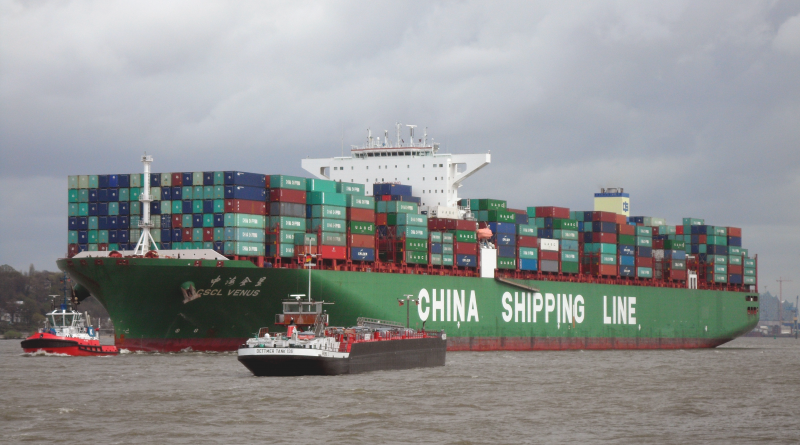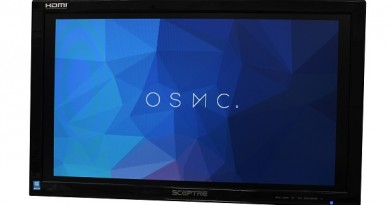To Buy or Not To Buy – Things to Consider When Purchasing Directly From China
To Buy or Not To Buy ?
Things to Consider When Deciding to Purchase Directly From China
Is it smart to buy directly from China? The answer is, that it all depends. In many cases, buying direct from China or Hong Kong can provide good value, especially if the item is small, low cost and lightweight enough to qualify for e-pack shipping (e-pack is a low cost shipping system for packages up to 2 kilograms (4.4 lbs)). Low cost items that you can afford to not return if there are any issues may result in worthwhile savings. Higher priced and heavier items may end up becoming a financial write off.
E-Pack is, for all practical purposes, a 1-way system because the Chinese government covers the cost of shipping these items to the US for free. Then, our U.S. postal service will deliver anywhere in the U.S. For an average price of $0.95 cents, up to the limit of 2 kilograms. Anything heavier does not qualify and the normal postage or shipping costs generally apply. The downside to this is that even if your item meets e-pack weight limitations, the U.S. government or postal service will not supplement your cost of shipping the item back to Asia, and buyers are frequently faced with “sticker shock” as the cost to return the item will outweigh the value of the item being returned. So, buyer beware as your normal “return privileges” will frequently be impractical.
The second caveat, which is not so obvious is that some Chinese manufacturers actually manufacture different versions of the same item for different world market conditions. Remember, China is a huge market within itself and they also trade with many countries with emerging economies. Buyers in these countries frequently are very concerned with lowest price purchasing; quality and support may be of secondary concern. At the same time, the same manufacturers will be trading with merchants in developed economies where performance, reliability and service are more important. So, to address the need for lowest cost in the markets that consider price first, some Chinese makers are now making two versions of what is ostensibly the same item. To clarify, the items look identical and carry the same item number but the less expensive item is fabricated using cheaper components so that the manufacturer can compete in the local Chinese market as well as in other emerging economies.
So, how do the consumers in the USA know if the item they are considering purchasing from China is built to the higher standards reserved for exports to the western economies or the lower standards reserved for sales within China and other countries where lowest price can win the day? Unfortunately, in most cases, you simply have no idea. An item may not even be made to two standards as described or perhaps it is. Since the original makers usually do not distinguish the two versions, there is generally no reliable way of determining the build quality of the item you are considering ordering.
Further complicating the picture is the huge amount of counterfeiting going on in China. Brand name products and even lesser known products are routinely (and expertly) copied. Is the quality of the counterfeit item as good as the original ? Well, again, you just don’t know. Some counterfeit items I have personally inspected are built to very high standards while others are terrible. Rampant counterfeiting just makes the entire process even more complex that it already is.
As the markets have emerged, a few Chinese factories are beginning to realize that distinguishing between two available quality grades can be an important factor, and we at Circuit Specialists have noticed a small blip where makers have started to offer distinguishing characteristics to the products they manufacture. One prominent Chinese supplier of soldering gear for instance is now labeling their products built to higher quality standards with the word “International” on their front panels while they leave that word off of the products that are intended for the domestic market. This may not be the clearest indication to most potential consumers, but it’s a start.
So, in summation, buyer beware when purchasing from China. Double check as the item you are considering may be available from a US based supplier for a similar or perhaps even lower total cost if you factor in the China to USA shipping. Return privileges back to China are restrictive due to relatively high shipping costs, and in most situations, credit card charges are not reversible if the China vendor can prove delivery even though you allege quality issues (in other words, you have to return the item on your nickel). If the price points are close, buy locally (from within the USA). When you purchase from a US based supplier, generally you can feel confidant that, as an importer, the items being offered by the supplier have been vetted for quality. Also, in most cases, you have return privileges and even technical support that are not available when you purchase from a China based seller.
For more information on China to USA shipping, here is an interesting but critical article from the Washington Post.


